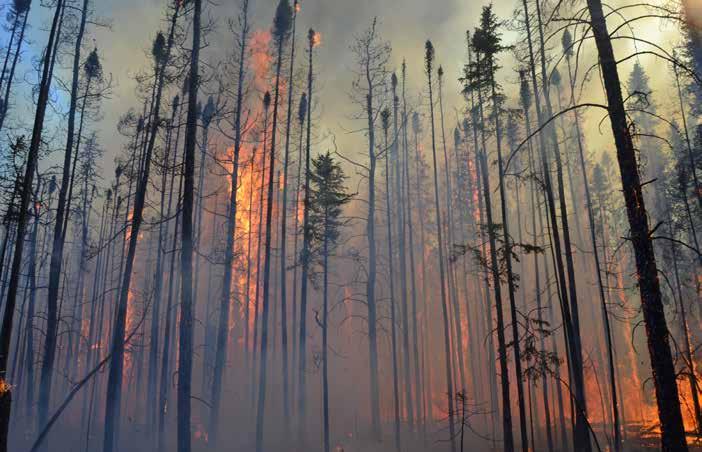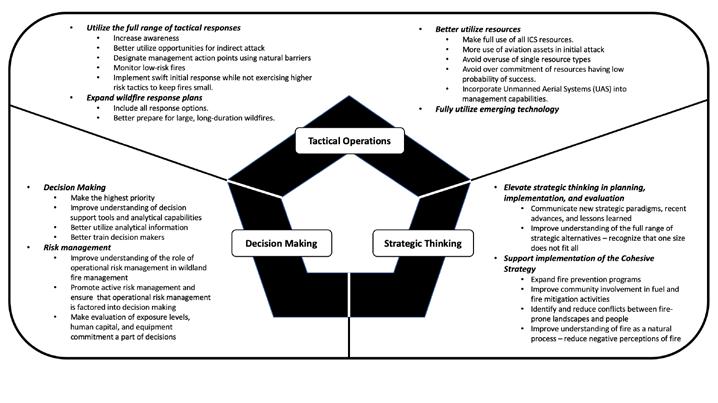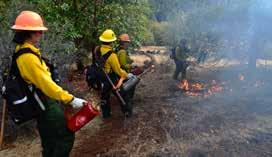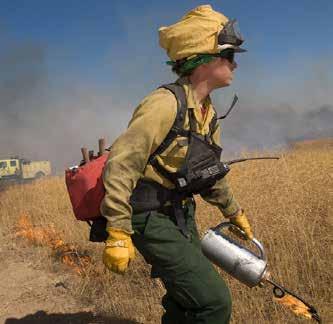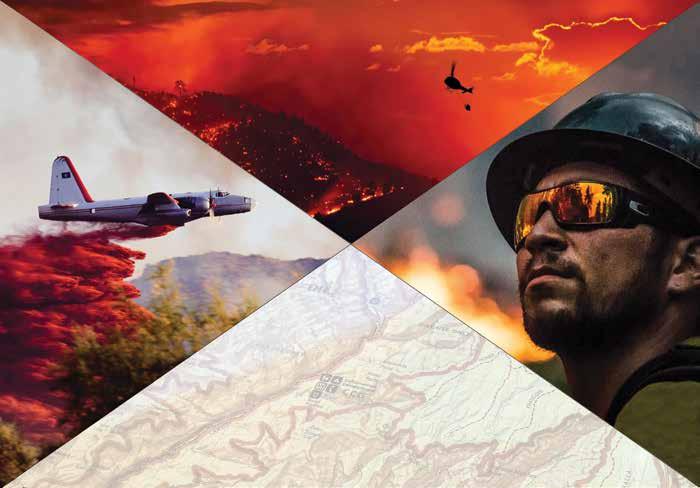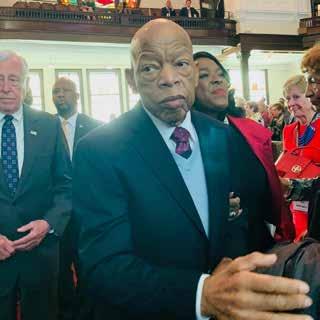SY ST SCI EMS: ENCE MODERNI UP DAT ES ZI N G Decision Making: Decision making directly influences
tactical actions and provides feedback to strategic thinking. Completing the most thorough review of a situation, developing a set of potential actions, and making riskinformed decisions are dependent on the collection and analysis of information. New strategic and tactical paradigms, recent advances, and lessons learned must be valued, communicated, and understood by decision-makers, their organizations, and the public. A principal limitation of decision-making support is not the direct weakness of information but comes from the emphasis placed on it and its degree of use. It is far too easy to overlook, misunderstand, or resist applying the best available information. Time constraints can negatively affect decision creativity, foresight, and quality. It has not been uncommon for decision-makers to review and superficially embrace decision support information, which might be unmistakably relevant, then fail to incorporate or utilize it in the decision process simply because it is new, outside an experience zone, or spontaneously considered too hard to understand. Also, while a review of historic activity can also be extremely important, many decision-makers do not have the luxury of personal knowledge of past events in a particular area. Consequently, they may get caught up in a contemporary bias that places too much emphasis on the most recent or immediate information and fails to recognize potential precedent-setting earlier events, a temporal tradeoff where sufficient actions are not done quickly enough, or a decision transfer where belief in alternative action sets is given too much weight, regardless of available information.
But, there is also a downside that must be considered. Information availability must be balanced so that information overload or overemphasis can be avoided. Decision making must not become a burden on managers. It should not be pervaded with inflow of so much information that it becomes a question of “what do I have to know?” It should be about acquiring information to answer the question of “what can I use to advance my awareness, understanding, and make better decisions?”
Tactical Actions and Full Use of Available Options:
Wildland fire response capability has grown to become very sophisticated and efficient and accomplishes early control of most unwanted wildfires. Despite strong capability and efficient operation, a small percentage of fires escape initial response and become large and often, long-duration fires. This proportionately small number of fires are responsible for a disproportionate amount of area burned, damage to homes and infrastructure, personal injuries and loss of life, and incur the bulk of annual suppression costs. Tactical responses to wildland fires must be coordinated, well thought out, and efficiently directed to safely accomplish desired objectives. Initial responses can be successful within their designed capabilities, but for those fires that escape initial actions, specific situational analysis and use of the full range of options must be considered and applied. Continuing to apply failed tactics or over-utilizing a particular tactic or type of firefighting resource, regardless of the specific situation, does not further protection objectives, but increases costs and exposes firefighters and equipment to increased risk and exposure. Employing costly tactics repeatedly and increasing
Figure 2. Areas where modernization efforts can be applied to advance strategic thinking, decision making, and tactical operations in the wildland fire management system.
wildfiremagazine.org
|
wildfire
19

